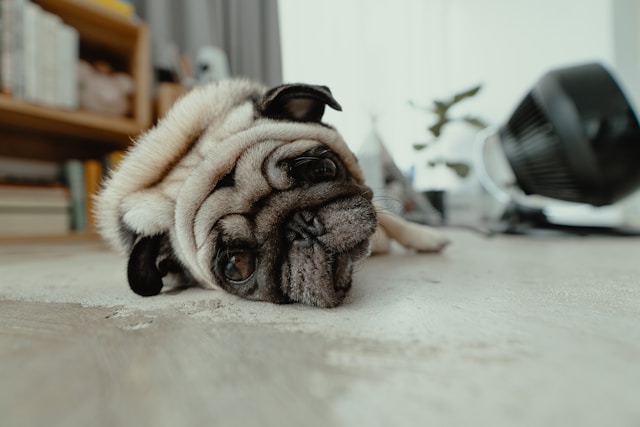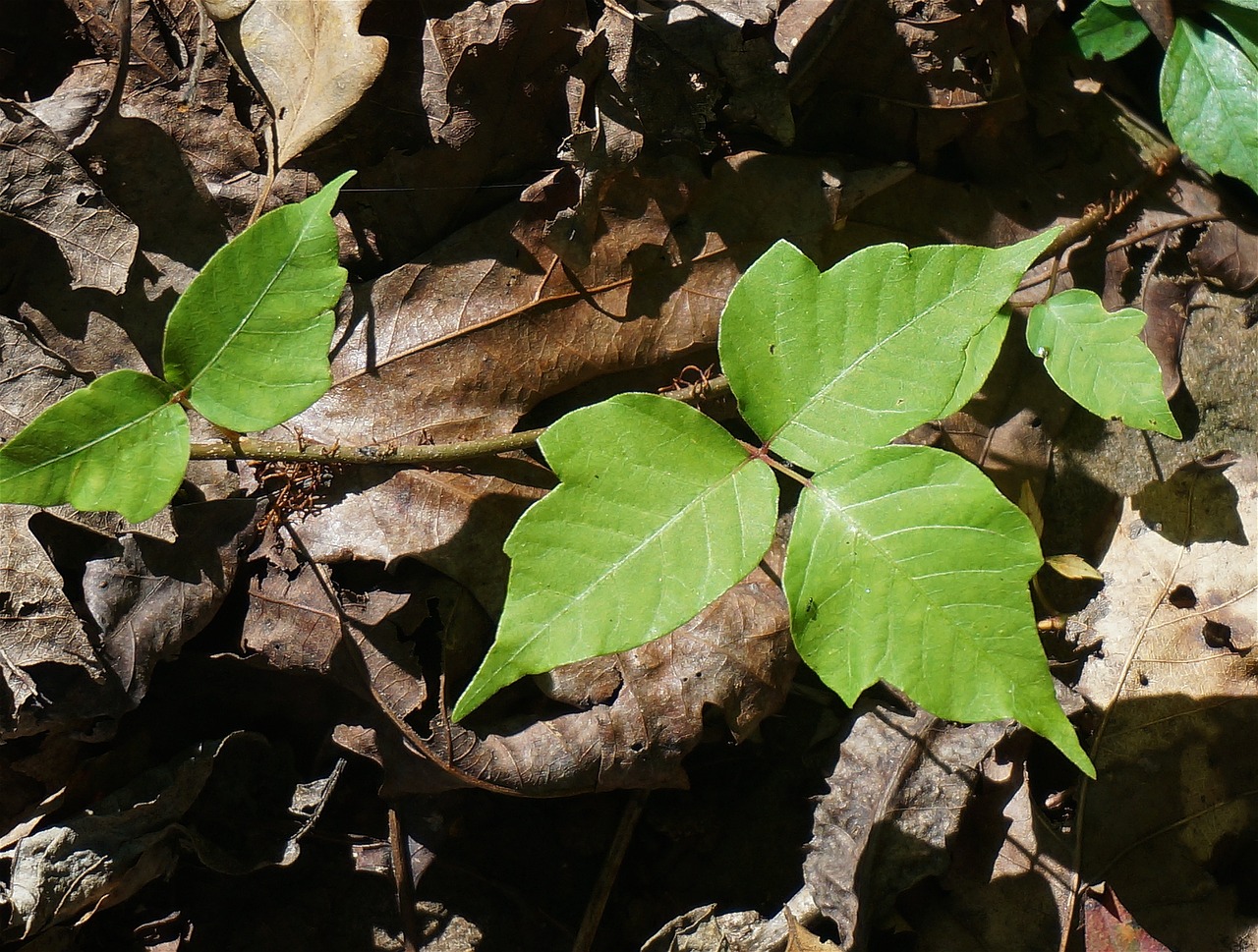The Most Common Household Toxins That Can Harm Your Pet

In a typical household, many pets are just one bite away from danger.
The data from insurance claims reveals that well-meaning pet owners inadvertently endanger their pets.
Surprisingly, the most dangerous poisons are human medications intentionally administered to pets by their owners. Below is a list of the most common household toxins, claim counts, and prevention guidelines for each.
Drug Toxicity or Overdose
Drug toxicity or overdose received more claims than all other poisoning cases combined. Many of these claims involved pets being given human-use medications, including over-the-counter pain relievers. Pet owners frequently administer over-the-counter or prescription drugs to their pets without realizing that, even in small amounts, many of these drugs cannot be metabolized fast enough, potentially leading to overdose. It is crucial to consult a veterinarian before giving medications to pets.
Rodenticide
Rodenticides are designed to attract small mammals with their taste and smell, making them deadly for dogs, cats, and other animals. Pets often get exposed when they access rodenticide storage areas, such as garages, basements, or under sinks. Storing these products in a protected area is essential. If you use these products on your property, place them in a pet-resistant bait station. Avoid leaving unprotected baits, as rats may carry them to pet-occupied areas.
Methylxanthines
Methylxanthines, including theobromine and caffeine, are standard components in chocolate. Toxic levels of theobromine can lead to symptoms such as vomiting, diarrhea, dehydration, hyperactivity, irregular heart rhythms, or seizures in pets. Unsweetened baking chocolate contains significantly higher theobromine levels than milk chocolate, meaning that even small amounts can be toxic.
Plant Poisoning
Numerous household and common garden plants can be toxic to pets, including sago palms, oleander, azaleas, and lilies. Plant products like onions, grapes, and raisins also fall under the company's plant toxicity category. Pet owners should exercise extra caution when pets are near these plants and refrain from giving grapes and raisins as treats.
Household Chemicals
Pets are attracted to items with bright colors and strong odors, potentially ingesting cleaning supplies like bleach, liquid potpourri, and even deodorant or toiletries, which can result in illness. Ensure these items are securely stored.
Metaldehyde
Pets can also ingest this harmful ingredient in snail bait. Symptoms typically manifest quickly and include vomiting, whole-body tremors, and seizures.
Toad Poisoning
While all toads secrete chemicals to deter predators, some are highly toxic. The most infamous are the Marine (Cane) toad and the Colorado River toad, which secrete toxins that can cause respiratory, cardiovascular, and neurological complications. Toxic effects are immediate and can be life-threatening. Regularly monitor pets outdoors to minimize exposure to dangerous creatures.
Heavy Metals
Mercury, lead, or excessive amounts of zinc, iron, cobalt, and copper can lead to serious illness in pets, mainly if these substances accumulate in the pet's body. Pets may be exposed to heavy metals through lead-based paint, ingesting pennies minted after 1982 (zinc core), vitamins, soil contamination, or water pollutants. Consuming a single penny is enough to cause zinc poisoning in some dogs.
Antifreeze
The sweet taste of antifreeze is appealing to pets. While most people know its poisonous potential, they may overlook a pool forming from a leak beneath a car. Regularly check beneath your car and clean any spills immediately.
Get insurance plans with wide-ranging coverage options













